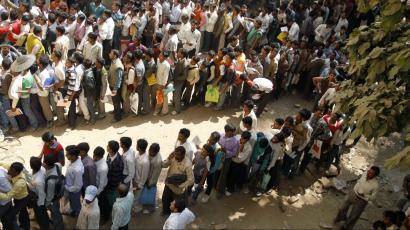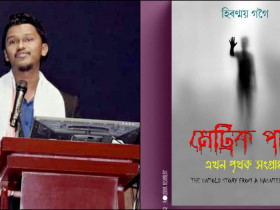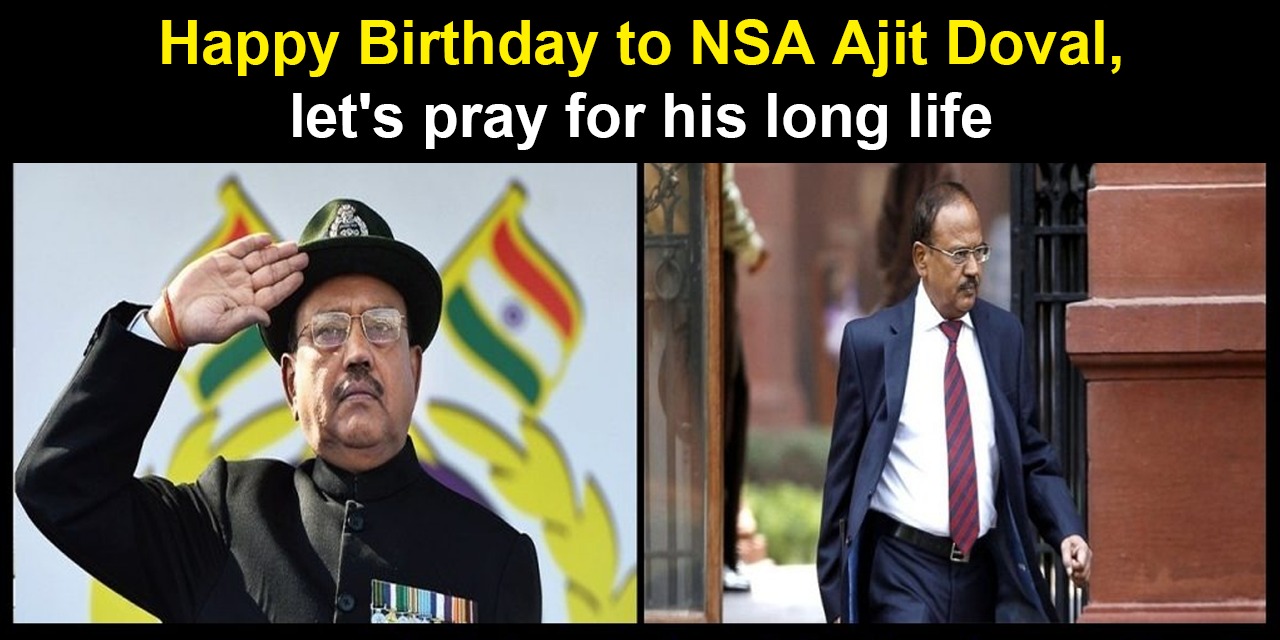No products in the cart.
Reports suggest India is going through employment crisis, these are the 5 most affected states
Indian youths struggle to get a job and that’s the reality. Even if they are seen working in some companies, their work standards are of poor quality. Millions of students study in different colleges with intentions to get a good job. But the reality is that there are a majority of degree holders when compared to the ones who are doing decent jobs in India.
But this is nothing new as the problem has been there for a long time. Not a long ago, the nation witnessed a growing trend where overqualified candidates have been applying for posts of ‘peons’ and ‘constables’ which depict a complete message of the current unemployment situation in India.

All states across India are suffering from unemployment and according to Center for monitoring Indian economy data, Indian states with the highest percentage of unemployment (as of April 2019) are Haryana at 26.4%, Tripura at 25.4%, Himachal Pradesh at 19.6%, Jharkhand at 15.7% and Bihar at 14.5%. These unemployment rates are alarming.
A recent report released by the Azim Premji University found that salaries in most sectors in India have been increasing at an inflation-adjusted rate of 3% annually for the last 15 years, a majority of the working population still earns less than the minimum salary recommended by the Seventh Pay Commission.
Captioned ‘State of working India’, the report added that 82% of male and 92% of female workers earn less than Rs 10,000 a month. “If you earn more than Rs 50,000 a month, you are in the top 1% of the [national] work-force [by earnings],” said Amit Basole lead author of the report and faculty at the Azim Premji University.
The report also learnt that the unemployment rate among the educated youth has reached 16%, which is the highest in recent times. “Because of a rise in education, the youth is willing to hold-out for an employment opportunity that they think is commensurate to their education,” said Basole.
The shocking truth of unemployment in India:
As per the report by Quartz India, there are around 17 million people in India coming into the workforce every year, but sadly only 5.5 million jobs are being created for them. This clearly shows the ugly face of unemployment.












